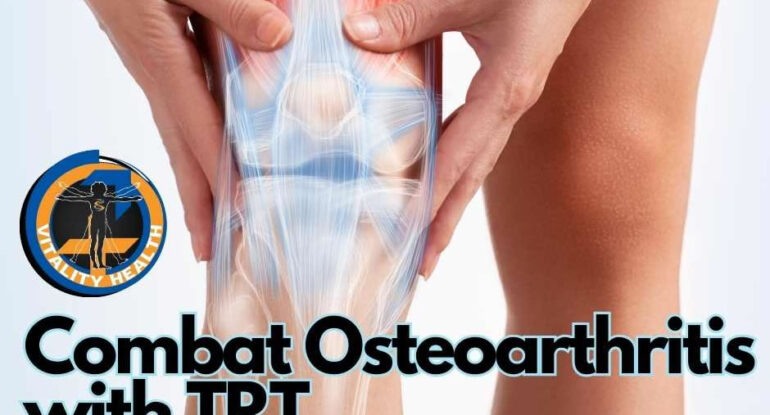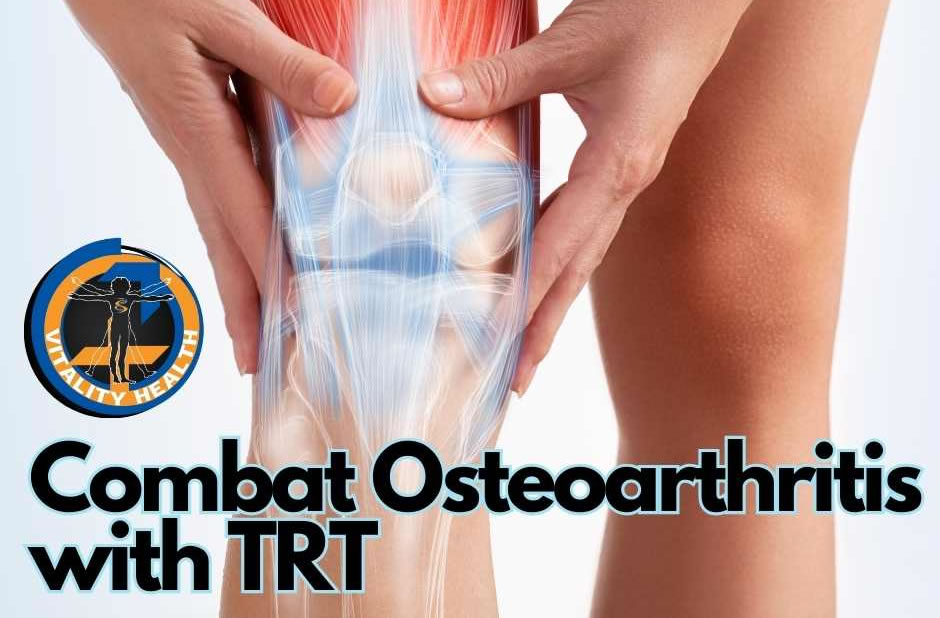
54B, Tailstoi Town 5238 MT, La city, IA 522364

Using Testosterone Replacement Therapy (TRT) to Combat Osteoarthritis
Osteoarthritis, a condition that affects millions globally, is characterized by the gradual wear and tear of joint cartilage, leading to pain, stiffness, and reduced mobility. Traditional treatments for osteoarthritis focus on pain management and lifestyle modifications, but recent research has been exploring the potential benefits of Testosterone Replacement Therapy (TRT) in fighting this debilitating condition.
Understanding Osteoarthritis and TRT
Osteoarthritis is most commonly associated with aging, obesity, injury, and genetic predisposition. It primarily affects the hands, knees, hips, and spine, leading to a significant decrease in quality of life. Testosterone Replacement Therapy, on the other hand, is a treatment traditionally used to address testosterone deficiency in men, a condition known as hypogonadism. TRT involves the administration of testosterone through injections, gels, or patches to restore normal levels of the hormone.
The Link Between Testosterone and Joint Health
Testosterone plays a crucial role in muscle and bone health. Low levels of testosterone have been linked to increased body fat, decreased muscle mass, and weakened bones – factors that can exacerbate osteoarthritis symptoms. Additionally, testosterone has anti-inflammatory properties, which can help reduce the inflammation associated with osteoarthritis, thereby decreasing pain and improving joint function.
Research on TRT and Osteoarthritis
Emerging research suggests that TRT can offer significant benefits for individuals suffering from osteoarthritis. A study published in the Annals of Rheumatic Diseases found that men with low testosterone levels were more likely to develop osteoarthritis compared to those with normal levels. Further research has indicated that TRT can lead to improvements in pain management, physical function, and overall quality of life for osteoarthritis patients.
One particularly compelling study demonstrated that testosterone injections in male rats with induced osteoarthritis not only reduced joint inflammation but also slowed the progression of cartilage damage. Although more clinical trials are needed to fully understand the impact of TRT on human osteoarthritis, these findings are promising.
Benefits and Considerations of TRT for Osteoarthritis
The potential benefits of TRT for individuals with osteoarthritis include:
Conclusion
While TRT presents a novel approach to managing osteoarthritis, it is vital to remember that it should not replace traditional treatments but rather complement them. Lifestyle changes, physical therapy, and pain management strategies remain foundational in managing osteoarthritis symptoms.
However, for those struggling with osteoarthritis and low testosterone, TRT could offer a dual benefit, improving both hormone levels and joint health.
Don’t be dissuaded by the name – While we are based in Southwest Florida – we offer telehealth appointments nationwide! Give us a call at 1-833-4LOWTEE to schedule your consultation with Dr. Zughbi.
FDA Disclaimer: This product is not intended to diagnose, treat, cure, or prevent any disease.
